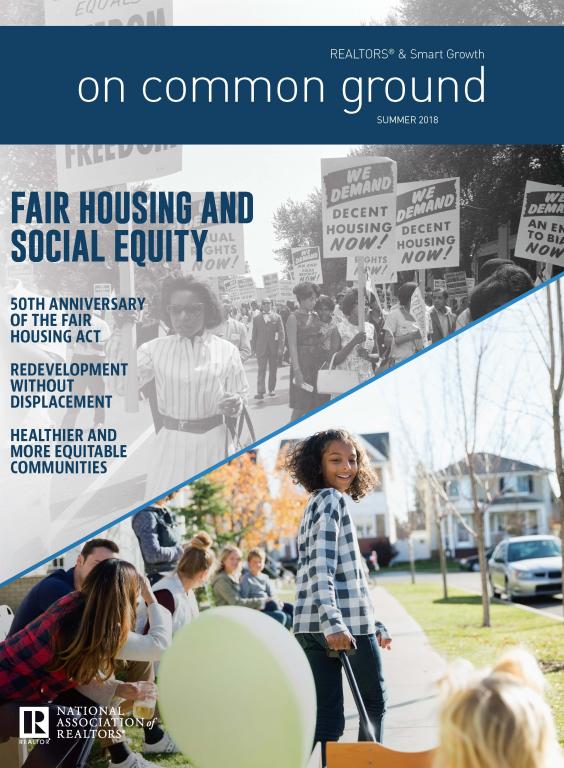Housing and health go hand in hand, even though they are often approached separately. In Austin, Texas, community leaders — including members of the Austin Board of REALTORS® (ABoR) — are exploring the connections between healthy housing and healthy lifestyles. And they’re taking it a step further by creating collaborations to help ensure that equitable housing promotes healthy living.
That was the idea behind the first-of-its-kind Housing + Health: Building Blocks of Equity and Opportunity Summit held in late 2016. The event brought together local political leaders, financial experts, housing providers who serve vulnerable populations locally and national thought leaders in health care — including Dr. Megan Sandel of Boston’s Medical Center, Ruth Ann Norton of Green and Healthy Homes and S. Claiborne “Clay” Johnson, the inaugural Dean of the new Dell Medical School at the University of Texas at Austin. Summit speakers helped attendees understand the connections between, and the importance of creating, housing and health equity.
“The long-term purpose was to start a community conversation about the various intersections between housing and health, and to amplify the effect by timing this with the opening of the Dell Medical School at the University of Texas at Austin,” explained Emily Chenevert, ABoR Operations Director, who also served on the summit’s planning committee. An NAR Housing Opportunity Program Grant made it possible for keynote speaker Dr. Megan Sandel, Principal Investigator at the Children’s Health Watch, to share her research and expertise with summit attendees.
“Dr. Megan Sandel presented her perspective on Housing as a Vaccine,” Chenevert said. “Dr. Sandel’s work was a major value addition to the summit and it was the perfect opportunity to connect her work with local health and housing providers.”
Dr. Sandel’s extensive research demonstrates that increasing housing stability decreases the likelihood of health risks and illustrates the significant connection between adequate, affordable housing and family health. Research conducted by summit co-host HousingWorks Austin supports Dr. Sandel’s assertions. Prior to the summit, HousingWorks Austin conducted a housing and health analysis of five counties in the Austin region and concluded that when housing costs exceed 30 percent of household income, the result is a stressful cost burden to the household that can negatively impact health. Addressing housing needs directly impacts health care.
The Housing + Health Summit offered a starting point for organizations and stakeholders to discuss challenges and opportunities, establish common goals, and build collaborative relationships. As a result of the conference, both housing and health care providers are working together to help ensure that all Austin-area residents can enjoy housing equity and a healthy lifestyle.
In his remarks to summit participants, Austin Mayor Steve Adler recognized the significance of the unique gathering. “We have at this moment in time, I think, an alignment of stars with respect to housing and housing’s relationship to health in the community, and the
housing and health relationship to affordability in this community. That is an alignment unlike anything that we have had up to this point in time, and I think it is really important that we take fullest advantage of that as a community.”
Summit participants discovered common goals and continue to seek out ways to work together. Chenevert notes that since the summit, housing and health providers have continued collaborating — including health provider participation in April’s Austin Fair Housing Summit. She adds that these relationships naturally fit with ABoR’s holistic approach to housing issues.
“REALTORS® truly are mediators of housing choice, helping clients make informed decisions about where to live based on a variety of factors. ABoR is strongly committed to supporting a diversified housing market that meets the needs of all types of people. The summit reinforced the reality that housing equity cannot be measured without looking at access to quality health care and a healthful environment.”













